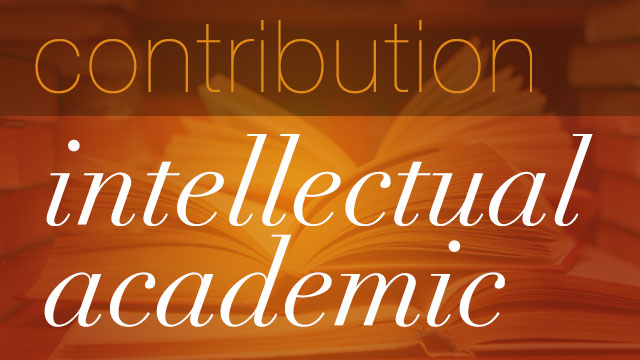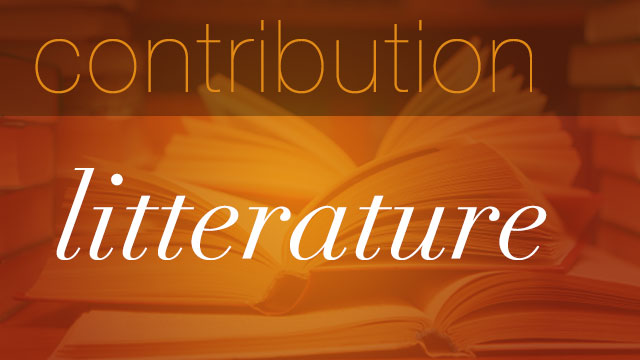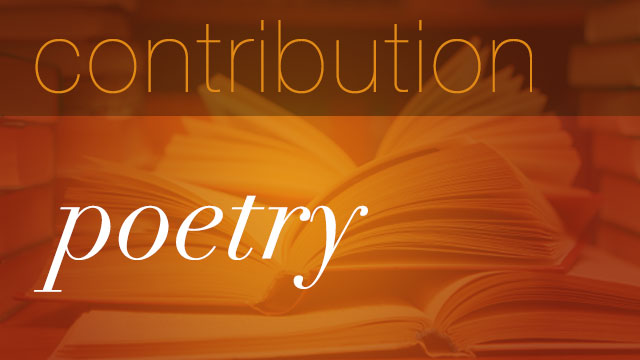Karen Armstrong is a British author and commentator known for her books on comparative religion. Her works, which are mainly concerned with Islam and the Prophet Muhammad (PPBUH), have stirred tremendous debate and controversy.
The West-versus-East controversy is a long lasting issue that had obsessed the minds and feelings of scholars and laypeople alike. Some were seriously involved in the issue in search for an outlet for unfriendliness and hate speech, while many others favoured this status quo and liked to immerse themselves in the murky waters of conflict. In her book Muhammad : A Prophet for our time, British author Karen Armstrong explains western shallow understanding of Muslims’ prophet Muhammed and presents a solid account of His biography. She clears up a huge amount of western fallacies about the Prophet presenting credible justifications and rich referencing. ‘We must approach his life in a balanced way, in order to appreciate his considerable achievements’, comparative religion specialist says in her book’s introduction. Armstrong’s book swaps between oblique and plain invitation to westerners to rectify their conception about The Prophet. ‘Muhammad was not a man of violence’ she says.
Prophet Muhammad has received Allah’s messages directly and bore the burden of enlightening human mind and opening it into the horizons of knowledge and reason. After darkness has been invading Arabia and the world at large for ages, Allah sent Muhammad to combat ignorance and wipe out despotism and Barbary that were ubiquitous among people. ‘As a paradigmatic personality, Muhammad has important lessons, not only for Muslims, but also for Western people’. Prophet’s lessons, which are meant for humanity at large, were based on Allah’s order to adopt affectionate and reasonable dialogue with non-believers who have strongly opposed the New Religion and tried by all the weapons at their disposal to harm The Prophet in person and ruin His plans. Today, many people in the west, Armstrong states, claim that the biography of The Prophet and Islam was stained by bloodshed and violent invasions. Opposite to this view, the author makes proof that ‘His life was a jihad (…) this word does not mean holy war, it means struggle’ and gives the proper sense of the word Jihad not as misinterpreted by the western public opinion.
Armstrong presents a chronologically inclusive account of the Muhammad’s life course and the contexts which shaped His prophecy. She gets back to the age of Jahilia –the pre-Islam era-, to draw the context wherein the new religion advanced. In this respect, she gives a detailed description of Arabia and specifically to Mecca in this period illustrating its social and human characteristics. People’s life in this ancient prominent tribe relied primarily on trade and commerce thanks to its geographical location as a meeting point of Arabia’s trade ways. During this age, tribesmen’s life was characterised by Muruuah– a concept close to courage, patience, power…etc. This concept refers to the fact that men’s belonging to the tribe and its leader was so tight that they break out wars in defence of a collective conviction or material need. Though their human nobility and respect for each other and to the common good of the community, the people were ready to avenge and sacrifice their entire wealth or life when they have a feel of threat, insecurity, or affront.
Through Prophet’s biography, myriad lessons and human values are being revealed. The book presents an exciting adventure of the little orphan till He came over the Holy Messenger who enlightened the human minds and valued human dignity. Reading His life course wipes out western and anti-Islam affective and fanatic contentions. For instance, Muhammad’s concern with the plights of the orphans emanated from the fact that his father had passed away before the birth (Muhammad). He lived at an early age in an unfamiliar family, after His mother passed away too, where He went through very ‘harsh’ circumstances of life. He was the model of modesty affection, and reliability. ‘When he did turn to speak to somebody, he used to swing his entire body around and address him full face. When he shook hands, he was never the first to withdraw his own. He inspired such confidence that he was known as al-Amin, the Reliable One’. Indeed, Prophet’s life was an exemplary model to humans along history.
Concerning His marital life which has been subject to much criticism by orintalists and feminist movements, Armstrong maintains that Muhammad’s first love Khadija is a proof of his faithfulness. ‘Muhammad loved Khadijah dearly, and even though polygamy was the norm in Arabia, he never took another, younger wife while she was alive’. The Prophet’s humble abode was filled with true love of affection and respect. His life with Khadija and their sons and daughters have been very happy even though they have lost their two sons Al Qasim and Abdullah who died in their infancy. Their happiness was backed by the deep-rooted faith whose lofty principles were beyond the earthly material concerns. Despite the simple life, Muhammad had been distinguished in His selfless treatment of the people around Him. For instance, He insisted on giving a large amount of his assets to the poor. He even brought needy boys into the family and ‘treated them as his own sons’, the British scholar reports.
Mumammad was the mouthpiece of Allah’s words to people everywhere. Non-Arabs would hardly appreciate Allah’s message in the Holy Qur’an as the language would convey unequalled and untranslatable meanings. Armstrong asserts in her book that ‘it is difficult for a non-Arabic speaker to appreciate the beauty of the Qur’an, because this is rarely conveyed in translation’. This has been partly and chiefly the stumbling block most western people and orientalists hit upon in understanding the real sense of Islam as a universal faith. Opposite to what non-Arabs may conceive of the Qur’an as a repetitious meaningless scripture, Armstrong articulates that The Holy Scripture is a construction of ‘themes, words, phrases, and sound patterns recurred again and again—like the variations in a piece of music, which subtly amplify the original melody, and add layer upon layer of complexity. The Qur’an was deliberately repetitive; its ideas, images, and stories were bound together by these internal echoes’. Illustrating sources of misunderstanding Islam through translation, the author illustrates the way Muslims and Arabs appreciate the Qur’an in its written or auditory form.
Karen Armstrong had used abundant literature to support an impartial account of the Prophet’s life as an individual and a leader. He is reported to be a man who embraced all the distinguished human qualities that every human must follow and learn from. She affirmed that Muhammad’s struggle was not driven by a hope to impose religious orthodoxy but to ‘change people’s hearts and minds’. He was entrusted to convey and disseminate Allah’s final religion and extricate people from the darkness of ignorance and despotism. However, it seems that this academic work would not be of significant value in the west as it has not markedly changed people’s rooted fallacies about Islam and Muslim’s Prophet. The history of misunderstanding and fear of Islam is so long in time and deep in people’s affect that it makes the task of overcoming it quite arduous. ‘We have a long history of Islamophobia in Western culture that dates back to the time of the Crusades’, Armstrong declares before she asserts that ‘Muhammad was not a man of violence’. She calls on people to ‘approach his life in a balanced way, in order to appreciate his considerable achievements’. According to Armstrong, misconception about Muhammed and His religion cultivates inaccurate prejudice, which harms human values of tolerance, liberality, and compassion.






First of all, I would like to thank you for reporting that work. I did not have the chance to read that book (yet), and I should say, my curiosity grew steadily while reading your text. Nevertheless, I have few comments:
– Stating that (only or mainly) western people may have misunderstood (and still do misundertand) the message given to the prophet, its life, its behaviour…, is not true: most Muslims perceive a wrong image of their own religion and carry and spread out awful messages about islam. Partly because the sens of islam was lost at its source (few decades after the prophets passed away) or never really understood by Muslims that inherited a “truncated” islam, non-muslim people can not guess what the original sens of that islam looked like.
– The “New Religion” is not that new. According to the very message of islam, this religion was the message of all the prophets before Muhammad, the message from one God. And according to that message, people from the very ancient times to the mid-ages, till now, have been and are still struggeling to understand that islam, or to fight it.
– The idea that non-Arab people would not fully or at all understand islam because they do not understand/read arabic is astonishing. I mean: you can learn languages, all the languages you need to start or keep your business, or carreer going on, but you can’t learn arabic or whatever to better understand a religion, a whole way of leaving? But it is ok, the responsibility on this is fully shared by Muslims themselves. The image of islam Muslims reflect is most of the time repulsive.
I’ve just finished this book, after reading your post.
I really liked the book and the contributions it makes to the vast realm of the prophet’s seerah. I would recommend to everyone, muslim or not, to read it, though I found some of the interpretations of events hasty and too speculative.
Interestingly enough, now I understand much better Pr Ramadan’s positions on different subjects, related to islam and women, peace/war and to the inclusivity of islam with respect to other religions and even to the human kind as a whole.
The main message I take from the book can be summarized in two points: and his pedagogical message. The prophet’s ultimate purpose (and thus, that of islam) is not (only) justice, neither peace, it’s above all that, it is constant societal reform that leads to a society based upon mercy, rahma, in all aspects of life. The second point is that, the prophet sws was ahead of his time, so one has to see his teaching as a process and not as a mere static implementation of rules and principles. In that respect, one has to constantly reach the ultimate goal, the rahma, while following the methodology of the beloved sws, ie. dealing with wisdom and creativity.
Allahu ta’aala a’lam, a’laa wa ahkam.
Hi,
Can anybody tell me where to download this book?